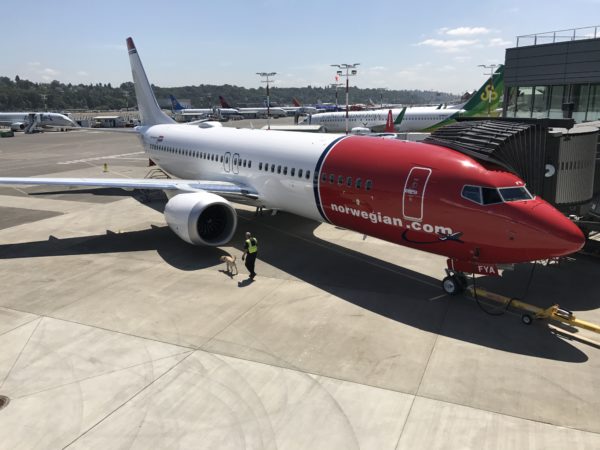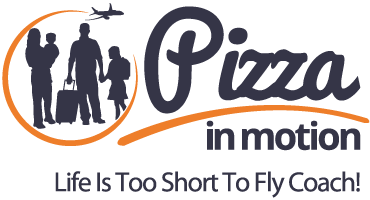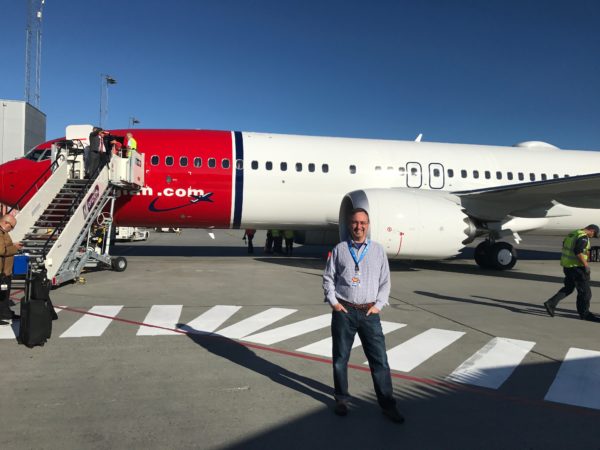Did Boeing Promise Southwest Millions Of Dollars If 737 MAX Pilots Needed A Simulator?

The dual crashes of the Boeing 737 MAX airplanes operated by Lion Air and Ethiopian Airlines were shocking, tragic and sad. Throughout the investigation afterwards, much has been said about what Boeing did right and wrong in getting the MAX launched.
Specifically, a system referred to as MCAS (Maneuvering Characteristics Augmentation System) seems to be implicated in both crashes. Pilots may not have had enough knowledge of the system to properly deal with issues when it appeared to misfire on both flights.
As the investigation has progressed, plenty of rumors have come to light. These sorts of investigations take years to complete and early information is generally more wrong than right.
I’ve followed along with rapt attention, especially as a long-time Boeing supporter and a shareholder. I’ve wanted to believe that Boeing acted in good faith in building the MAX. As we close in on the 1-year anniversary of the Lion Air crash, there seems to be enough information to indicate that MCAS almost certainly seems to have played a role in both crashes, and likely a significant one.

Reports That Boeing Promised Cash If Simulators Were Needed
A recent Wall Street Journal article sheds new light on a potential financial incentive for Boeing to work hard to avoid requiring simulator time for pilots flying the 737 MAX. The goal with the 737 MAX was to make it fly as closely as possible to earlier versions of the 737, such that pilots would need minimal training.
The focus of the Wall Street Journal is on the myriad steps required for a pilot to perform correctly in the span of seconds to avoid such crashes. However, they mention a detail, unconfirmed, that’s fairly compelling:
The company had promised its biggest customer for the MAX, Southwest Airlines Co. , that it would pay it $1 million per plane ordered if pilots needed to do additional simulator training, according to Rick Ludtke, a Boeing engineer who worked on the jet’s cockpit systems, and another person who had been involved in the airplane’s development.
For perspective, Southwest ordered approximately 280 737 MAX aircraft. At $1 million per aircraft, that’s a significant amount of money for both Boeing and Southwest. I’m not sure that the training cost per airplane if it involved simulator time would amount to $1 million each. However, there are definitely a lot of ways to run that math over the life of an airliner.
The Final Two Pennies
I’ve flown the MAX right as it launched. I was able to hitch a ride on a delivery flight with Norwegian Air. And, I’ve flown it a handful of times on commercial service. From the inside, it’s like every other 737 I’ve flown on. When it returns to the air, I won’t hesitate to fly on it. I’m not sure that will be the case for all travelers.
It’s important to note that this report hasn’t been confirmed by Boeing. If true, it paints a striking picture of a strong financial incentive for Boeing to avoid simulator time. These aren’t make or break numbers. Boeing forecast over $100 billion in revenue for the current fiscal year. However, it’s possible there were similar promises to other airlines. And, the report could be false.
If true, a quarter billion dollars is enough to convince some people that Boeing prioritized profit over safety. As a business owner, I always prefer when financial interests are aligned. Here, neither Boeing or Southwest wanted to pay for simulators if they weren’t needed. We still don’t know if they are needed. If that’s ultimately where the investigation leads, financial incentives like this will be damaging to Boeing’s case that it prioritized safety above all else.
Did you enjoy this post? Please share it! There’s plenty of ways to do that below.
You can also follow me on Twitter, Facebook and Instagram.
And, I hope you’ll check out my podcast, Miles To Go. We cover the latest travel news, tips and tricks every week so you can save money while you travel better. From Disney to Dubai, San Francisco to Sydney, American Airlines to WestJet, we’ve got you covered!


Am I reading this wrong, or does it sound like Boeing was offering training support to Southwest, by offering $1MM per plane if training was desired. It’s not like Boeing offered money to encourage SW to forego training
OR97, I don’t read it that way. I read it as a payment of training was required, not desired. That’s a big difference, IMO.